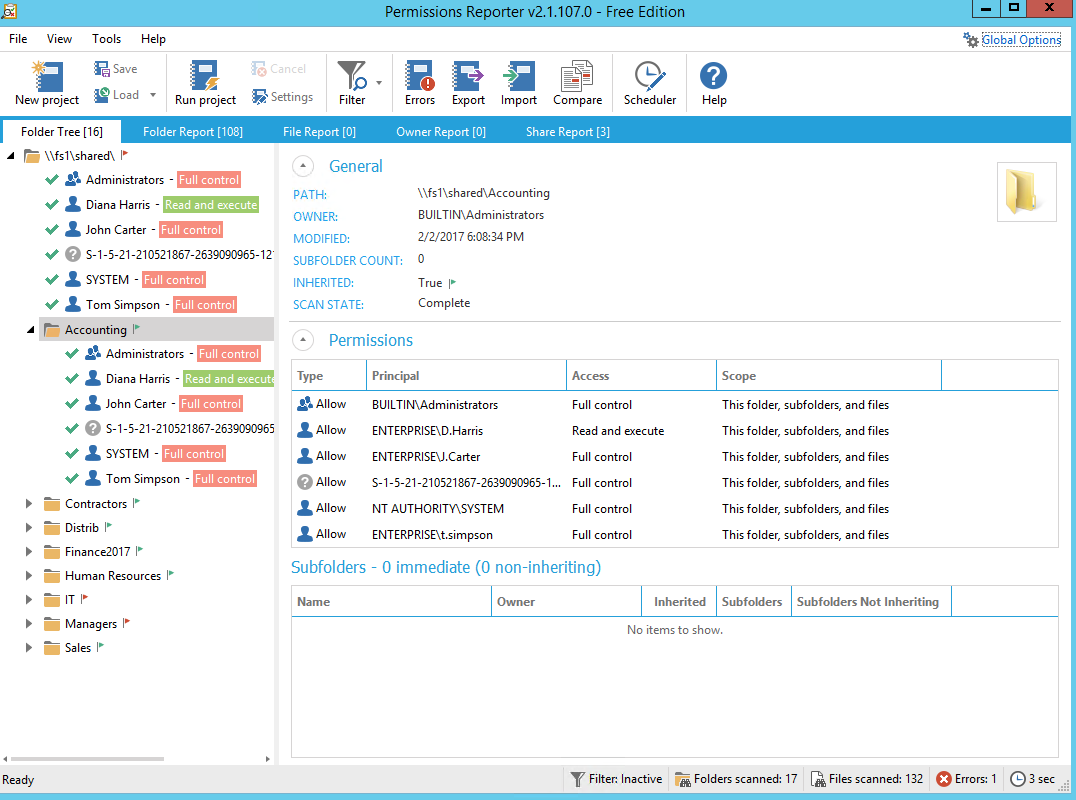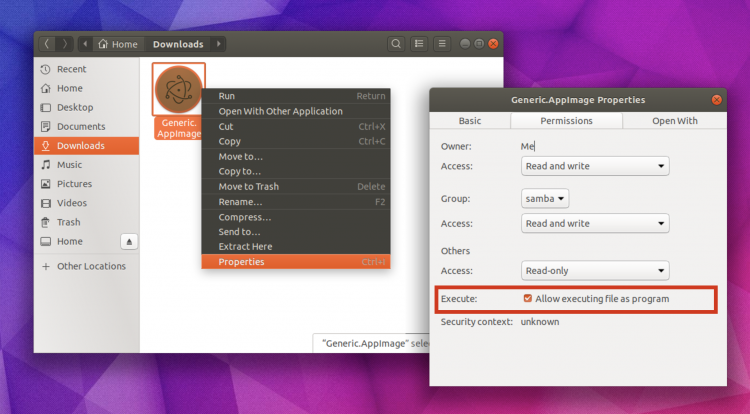

The output gives the folder path, the folder's owner and the folder access list. The following command will show the folder permissions: Get-Acl. The security descriptor holds information, such as the object owner and ACLs, which show the users and groups that can access the folder. The built-in Get-Acl cmdlet gets the security descriptor stored in the object, which in this case is the folder on the Windows file share. Find Windows file server permissions with the Get-Acl cmdlet This article will focus on PowerShell 7 however, unless noted, the commands will work the same in Windows PowerShell.Įven though we are using PowerShell 7, which is cross-platform, the Get-ACL cmdlet is only available on Windows.

Trouble can occur when a user with a higher access level, such as a C-level executive, changes Windows Server folder permissions that prevent users with a lower access level from getting to their files in that folder or a subfolder beneath it.īefore we dive into how to create a Windows file server permissions audit, you should understand the two methods to retrieve access information from a folder. Microsoft's documentation often uses Windows ACLs and NTFS permissions synonymously.īased on the organization's needs, the administrator tailors NTFS permissions to control the access level to a folder, from full control rights to no access. While there are several file systems available for Windows systems, the New Technology File System (NTFS) is the one used most widely today.Īmong the features of NTFS is the ability to restrict access using access control lists ( ACLs), which catalog each access control entry (ACE) that contain information about the user or group account and their access rights to an object, such as a file or a folder. How permissions work on a Windows file server


 0 kommentar(er)
0 kommentar(er)
